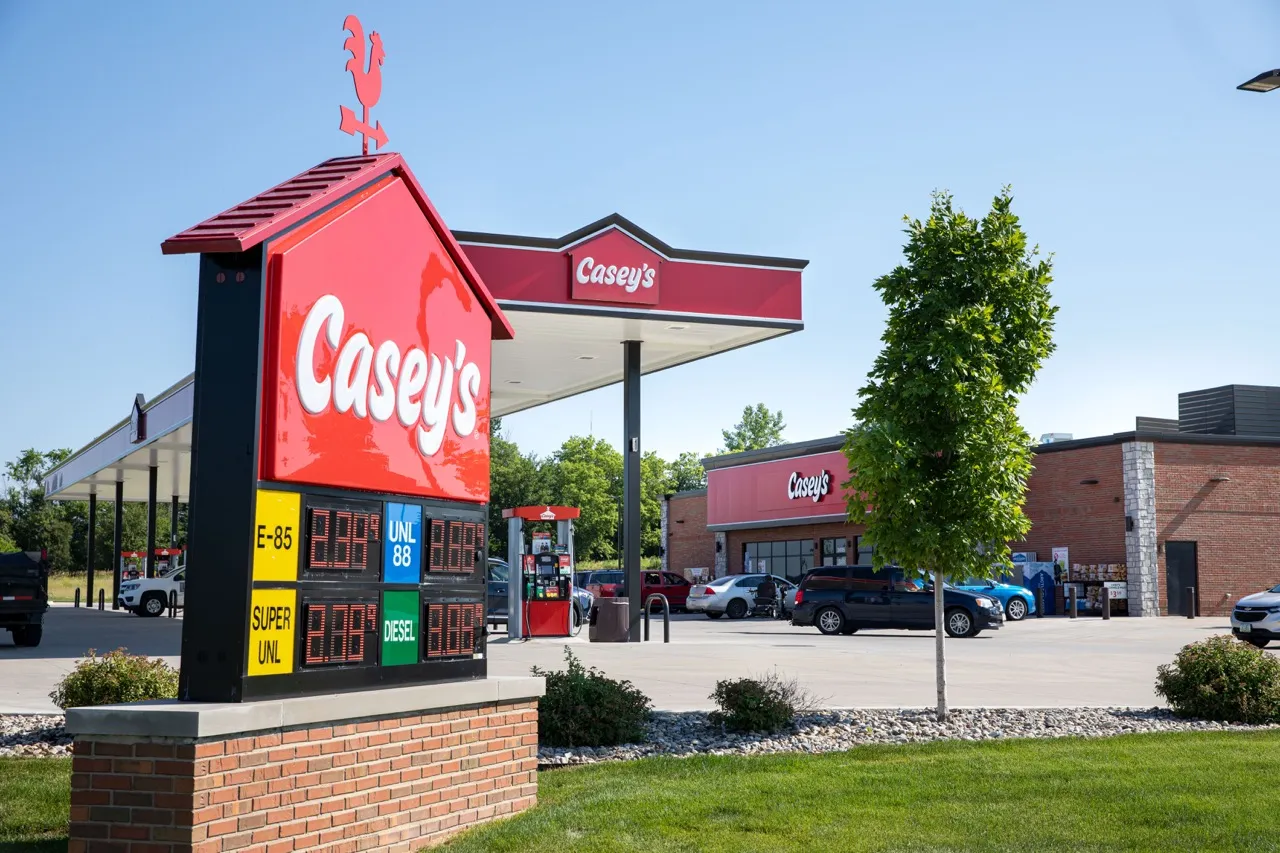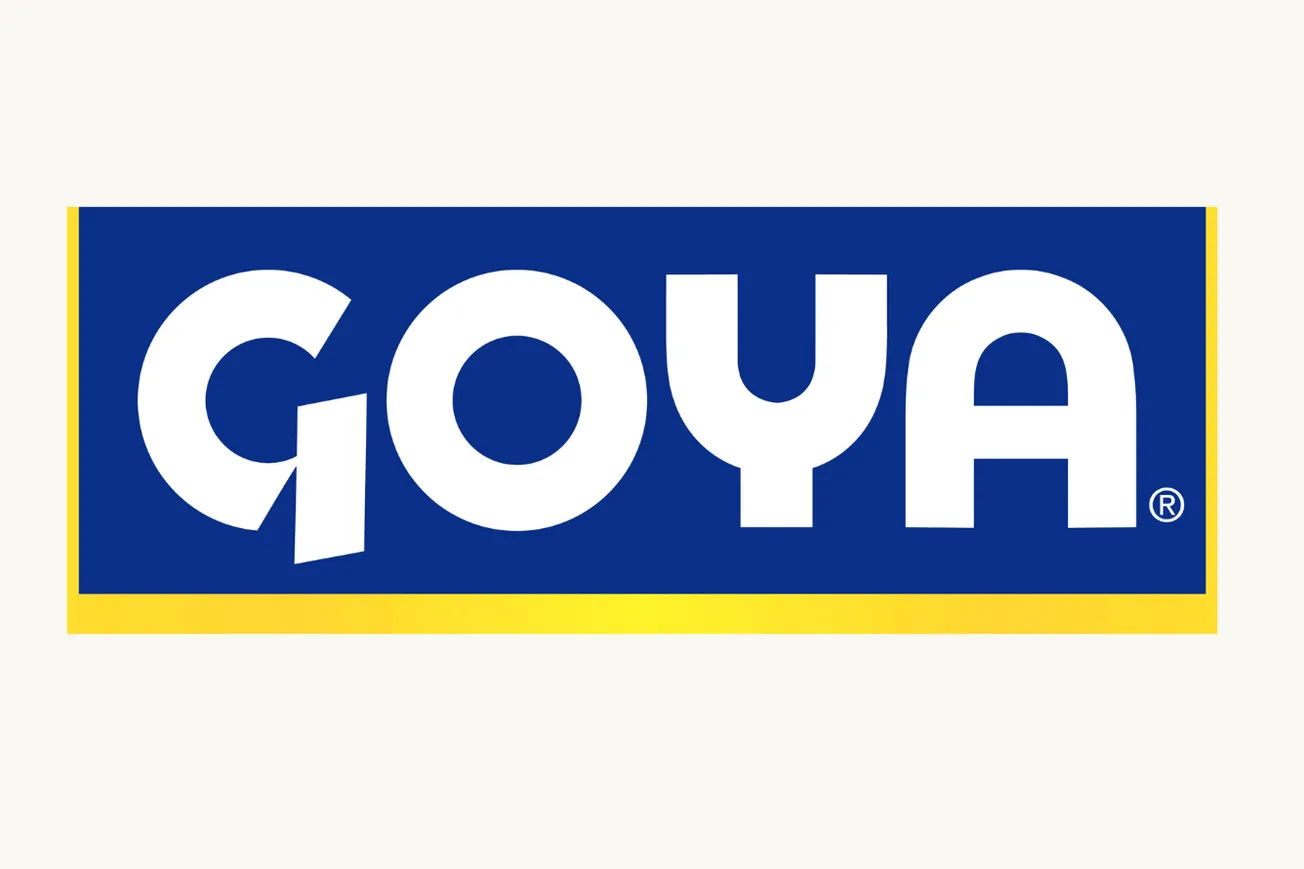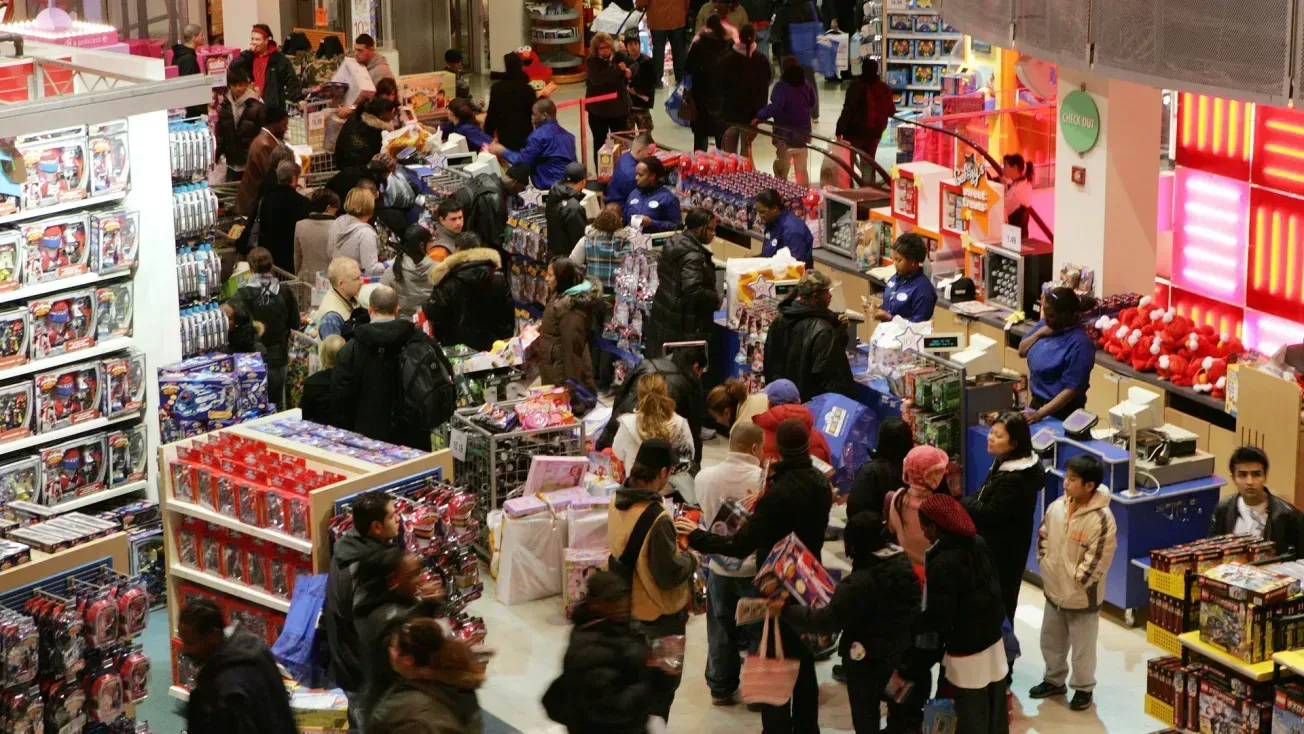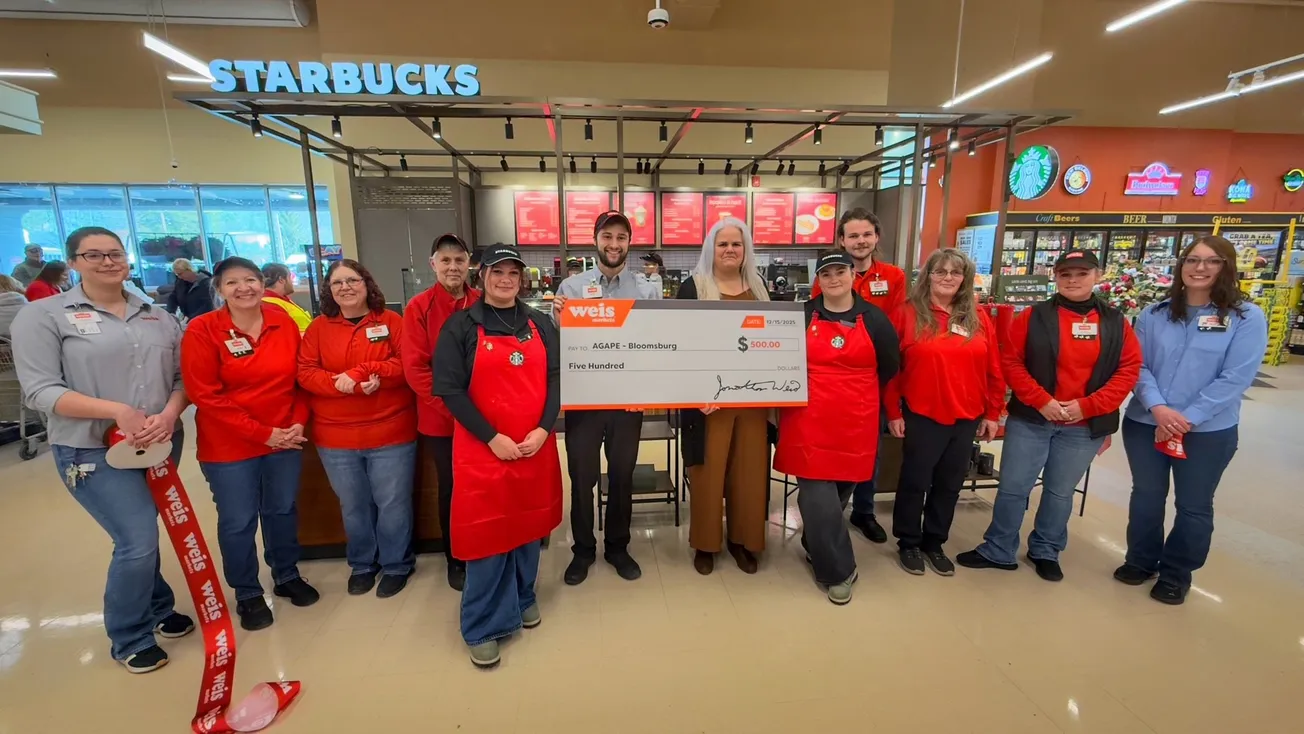MEMPHIS, Tenn. — Fred’s Inc. is accelerating its change into a convenience- and pharmacy-centric retailer amid intense competition in its core general merchandise market and a surge in pharmaceutical price inflation, particularly generic drugs.
Fred’s Inc. is accelerating its change into a convenience- and pharmacy-centric retailer amid intense competition in its core general merchandise market and a surge in pharmaceutical price inflation, particularly generic drugs.
In reporting second-quarter results Thursday, Fred’s chief executive officer Bruce Efird said the discount GM chain plans to close 60 underperforming stores without pharmacies by the end of fiscal 2014. Also, the company aims to accelerate pharmacy acquisitions to help it reach its goal of 65% to 70% of its stores having pharmacies.
The retailer, too, has initiated a promotional program to slash levels of inventory that don’t fit its convenience/pharmacy-centric model and objectives for gross margin return on investment (GMROI).
"Our second-quarter results reflected the strategic decisions the company has made to build our business model for the future as a convenience/pharmacy-centric store, driven by data-based inventory management and measured by GMROI," Efird said in a statement. "The dynamic challenges we face surfaced in the fourth quarter of 2013 throughout our general merchandise and pharmacy departments. Customer trips came under pressure from Internet intrusion, while generic drug price inflation ramped up faster than payor increases were occurring.
"As a result, in January we undertook a deep analysis into all processes with a recognition that retail will not continue with business as usual and changes will have to take place. In the course of this evaluation, the go-forward convenience/pharmacy-centric store model emerged from the input of management, consultants, marketing teams and other market studies. Also included in this analysis was a critical view of the ongoing process of evaluating strategic alternatives, as various teams challenged and questioned the what, why and why-not decisions in our processes," he explained.
Other initiatives by Fred’s, expected to impact 2014 results but yield returns in 2015, include supply chain and operational improvements at stores to boost productivity and shed costs from excessive inventory; expanded GM product sourcing capabilities; the transition to a new pharmacy distribution agreement with Cardinal Health, announced earlier this month; and a new marketing plan focused driving customer traffic through multiple avenues, including expanded ad circulars and in-store programs emphasizing consumables and convenience items.
For the second quarter ended Aug. 2, Fred’s posted a net loss of $16.4 million, or 45 cents per share, compared with earnings of $3.3 million, or 9 cents per share, a year earlier. The net loss for the 2014 first half came in at $10.3 million, or 28 cents per share, versus net income of $14.7 million, or 40 cents per share, in the prior-year period.
On the revenue side, Fred’s sales for the second quarter edged up 2% to $491.2 million, with same-store sales dipping 0.1%. Ovearll sales for the first six months increased 1% to $989.4 million, while comparable-store sales declined 1%.
"Although we were disappointed in second-quarter financial results, there were several key wins in the quarter," Efird stated. "We saw improvement in general merchandise sales and customer traffic from our new marketing program, which indicates positive traction for the future. The radical changes in our marketing strategy were successful in improving customer traffic, which we see as an opportunity to expand programs within the stores to show the need-it-now advantages of our model. Lastly, in pharmacy, we completed the prime vendor agreement that has substantial benefits to all aspects of our pharmacy operations and our specialty division, with components needed to support our accelerated investment in pharmacy acquisitions."
In a conference call with analysts on second-quarter results, chief financial officer Jerry Shore said Fred’s store count remained unchanged at 704, including 627 full-size company-owned stores, 56 company-owned express stores and 21 franchised stores. The retailer has 357 in-store pharmacies.
Plans call for Fred’s to open eight to 12 stores in 2014, as well as 38 to 46 new pharmacies, Shore said. The chain also expects to shut 70 stores and 10 pharmacies, he added.
Efird told analysts in the call that in the 2014 first half Fred’s made 18 acquisitions, including 10 new pharmacy locations. Another 25 to 30 acquisitions are in-process and expected to be completed in the second half of the year, he said, adding that Fred’s anticipates this momentum to carry through 2015 and enable the company to reach its stores-with-a-pharmacy objective.
In Fred’s second-quarter report, Efird stated that Fred’s investments and changes this year will produce stronger financial performance in 2015 and beyond, as well as better position the company for growth.
"Our customers have already seen a difference, and the reaction is positive," he said in a statement. "Our model of stores with pharmacies continues to achieve strong operating profit and margins. Growth in pharmacy toward the 65% to 70% penetration target and improving the general merchandise financial performance remain the goals for the future success of Fred’s."





